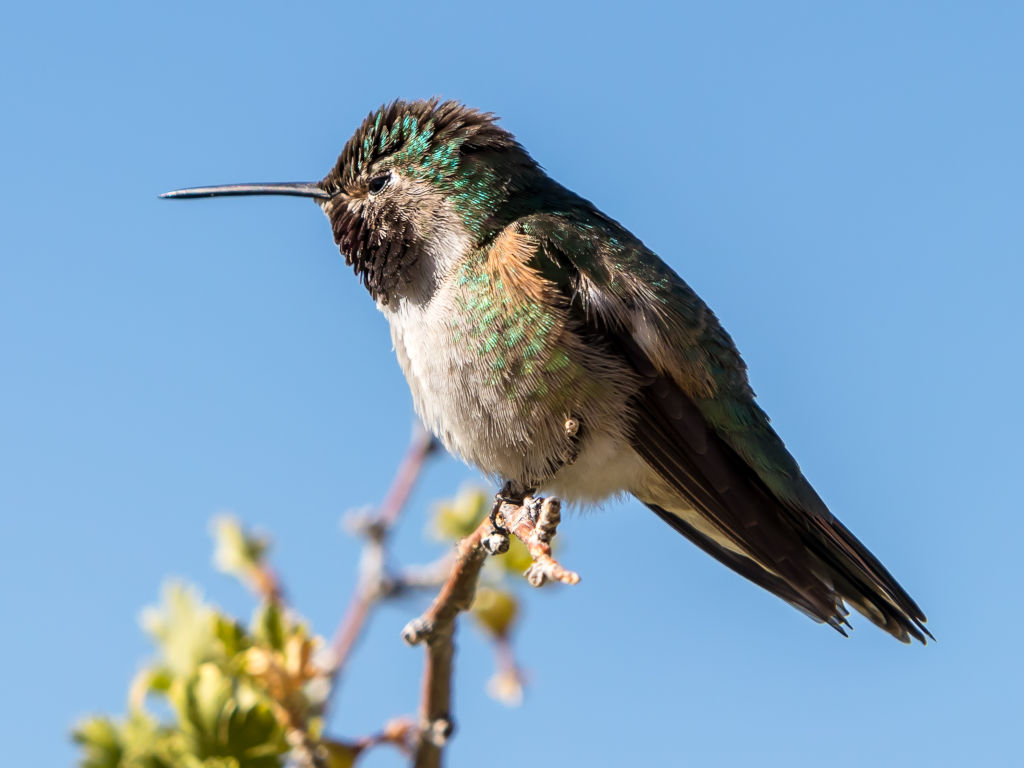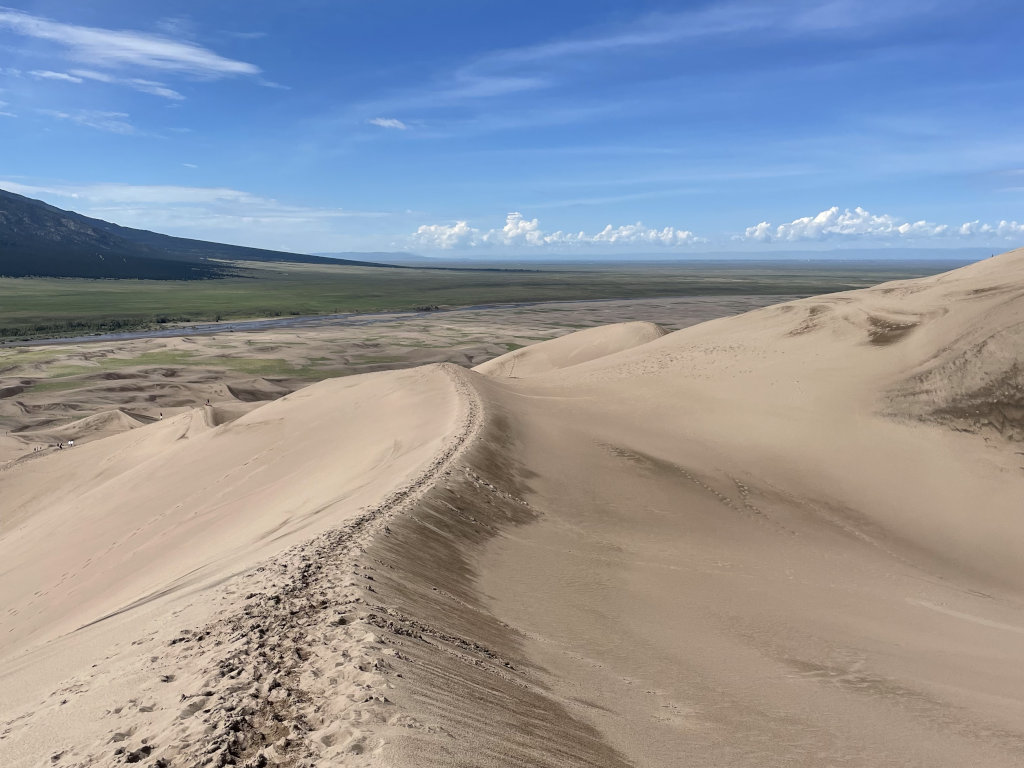Great Sand Dunes National Park & Preserve
Located in the San Luis Valley where the San Juan Mountains and Sangre de Cristo Mountains meet, you’ll find the Great Sand Dunes National Park. The park is off the beaten path just outside Alamosa, CO, and it is open year-round. This unique landscape is home to the tallest sand dunes in North America and offers an array of sandy activities for visitors to enjoy. There is only one entrance into the park, and this leads you directly to the main parking lots, visitor center, and campground.
Seasonal Info
This park is open year-round. Trails in the mountains are inaccessible during the winter, but the park remains open.
External Park Links
Pet Policies
Pets are allowed in the park! The Great Sand Dunes National Park is one of the only national parks to allow pets to explore with you. Use caution and prepare ahead of time, the sand is often too hot for bare paws.
Photo Gallery
What To Do
What can you do at Great Sand Dunes National Park and Preserve? Here are some popular activities. Remember that sand surface temperatures can reach nearly 150 °F in the summer.
- Sandboarding & Surfing
- Hiking
- Camping
- Biking
- Fishing
- Sledding
- Swimming
- Sandboarding & Surfing
- Hiking
- Camping
- Biking
- Fishing
- Sledding
- Swimming
- No motorized vehicles or ATVs allowed in the park.
Park Wildlife Brief

Animals that you will find in the park include bighorn sheep, marmots, beavers, badgers, elk, mule deer, pronghorns, coyotes, kangaroo rats, and more.
Dangerous Wildlife? Yes, including mountain lions, black bears, and rattlesnakes.
Great Sand Dunes National Park FAQ
The park is open 24 hour/day, 7 days/week, year-round.
No, you can not drive through the park. There are a few high-clearance roads up to Medano Pass, but the sand dunes are only accessible by foot. If you would like a scenic drive, try Rocky Mountain National Park instead.
The most popular time to visit the park is from May to October. Late spring and early fall are the best times to visit the park to avoid the crowds and beat the heat.
Yes, you can hike the sand dunes in the park. There are no marked trails since the sands change often. The most popular hikes in the park are to the tallest dunes.
No, reservations are not required to enter the park. However, there is an entrance fee.
The Sand Can Sing!
The sand here can flow. When it does, the friction causes a vibrating noise that can be heard. Listen to the video below.

Tips for Visiting Great Sand Dunes National Park
Camp on the sand and under the stars at Great Sand Dunes National Park. Piñon Flats is one of the only campgrounds in the park. This campground is located one mile north of the entrance and requires reservations, so plan ahead!
Escape the heat with a forested hiking trail. In the summer, the sand is scorching hot! Luckily, just outside of the park entrance is the trailhead to Zapata Falls. This forested trail leads to a beautiful waterfall, a must-see on your sand dune trip.
Visit Great Sand Dunes National Park at night. There are more stars in the sky than grains of sand in the park! If you’re looking for an adventure that is out of this world, plan to visit the park at night. The Milky Way and millions of stars are present in the night for an amazing backdrop to the dunes. Plus, it’s cooler!
Head to Sand Creek Basin for fishing in the park. The Sand Creek Basin is accessible from Music Pass Trailhead and is home to upper and lower Sand Creek. These creeks have countless opportunities to fish for cutthroat at Great Sand Dunes National Park.
Splash in Medano Creek in late Spring. Medano Creek is known as Colorado’s natural beach at the foot of the dunes. This creek comes straight from snowmelt, so hit the surge in May or June! The creek starts to dry up in the summer months.
Visit in the early morning or late afternoon. The sand can get extremely hot during the day, so it’s best to plan your visit when temperatures are cooler.
